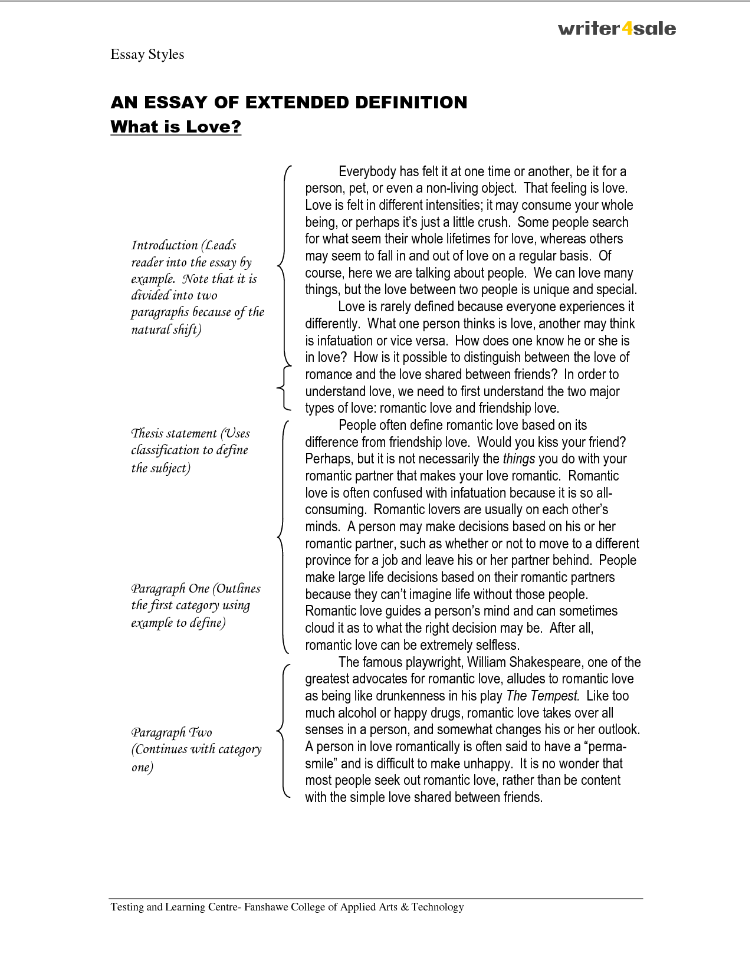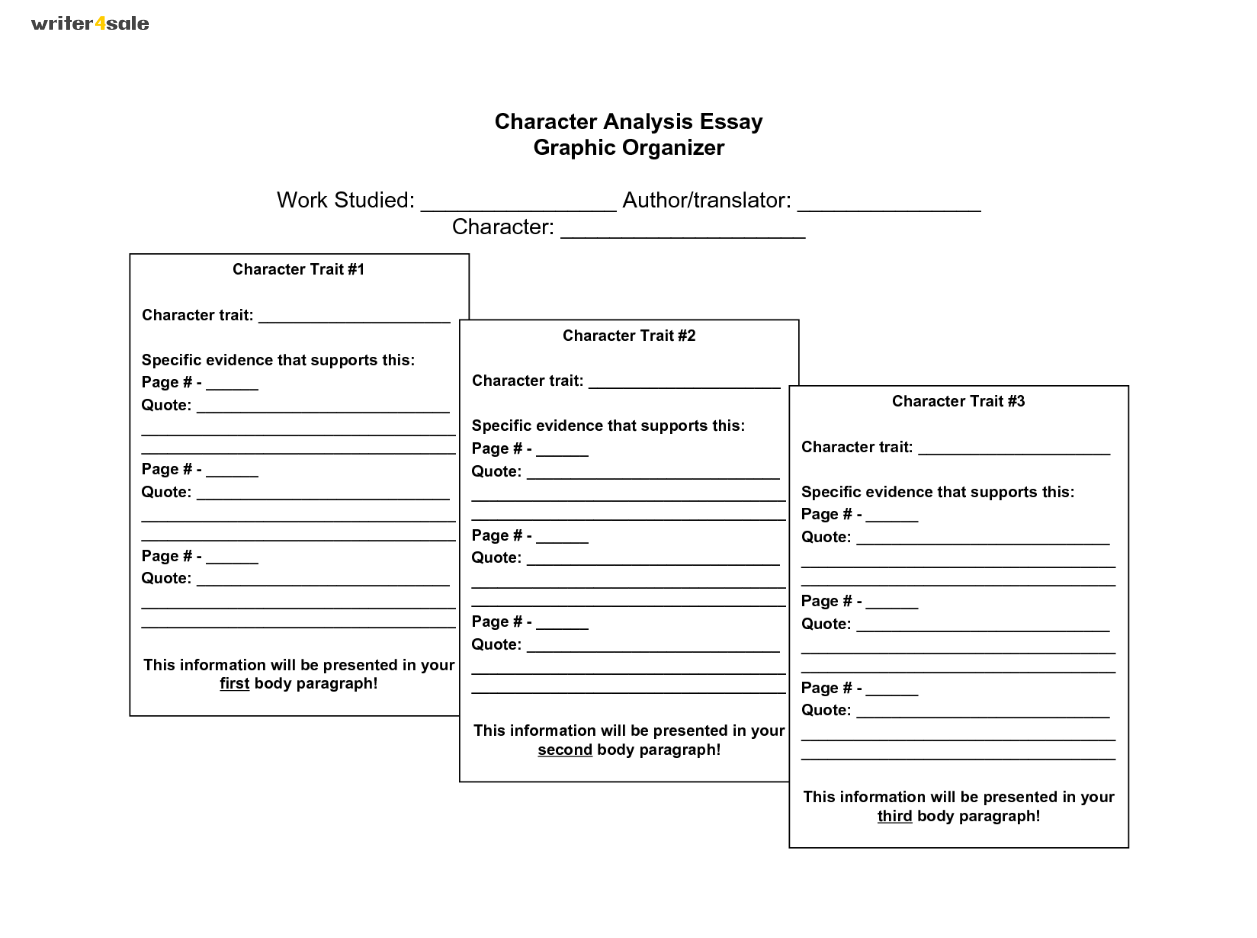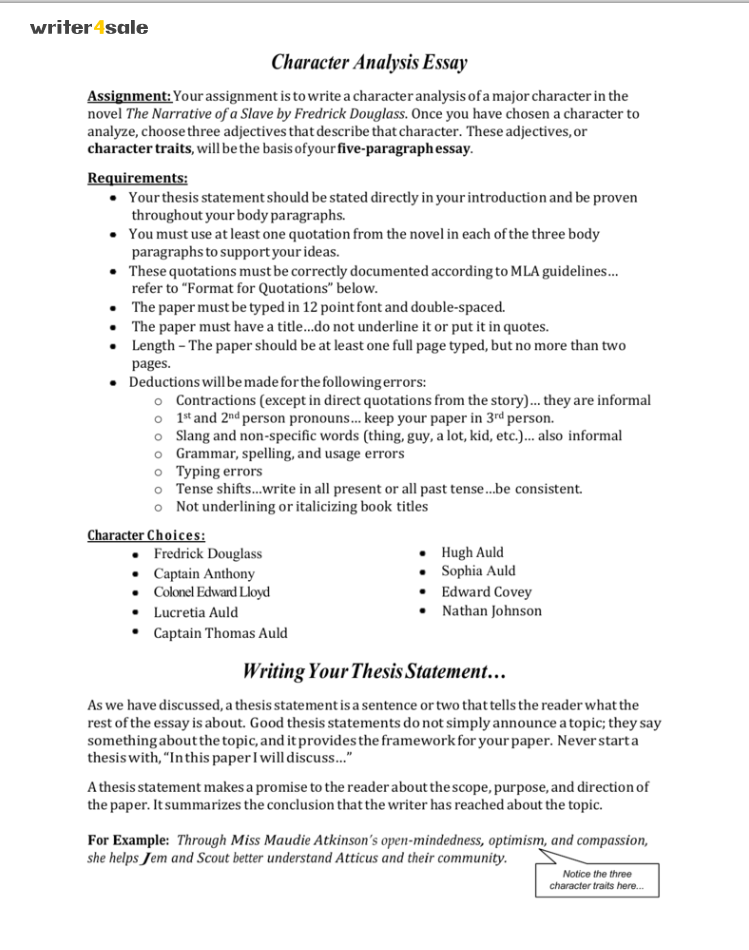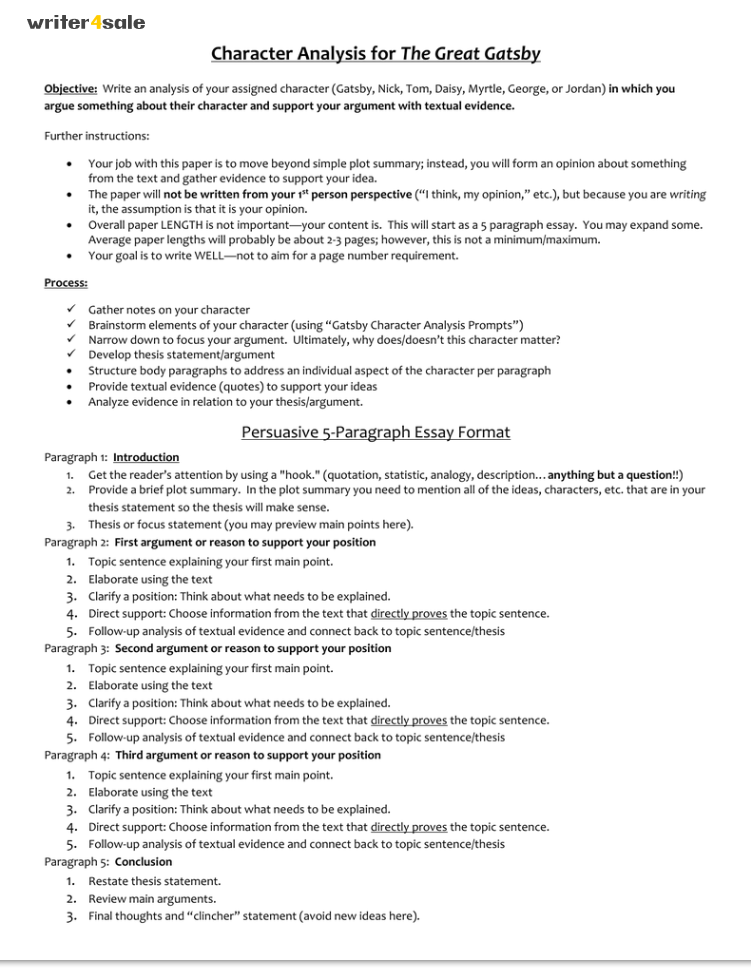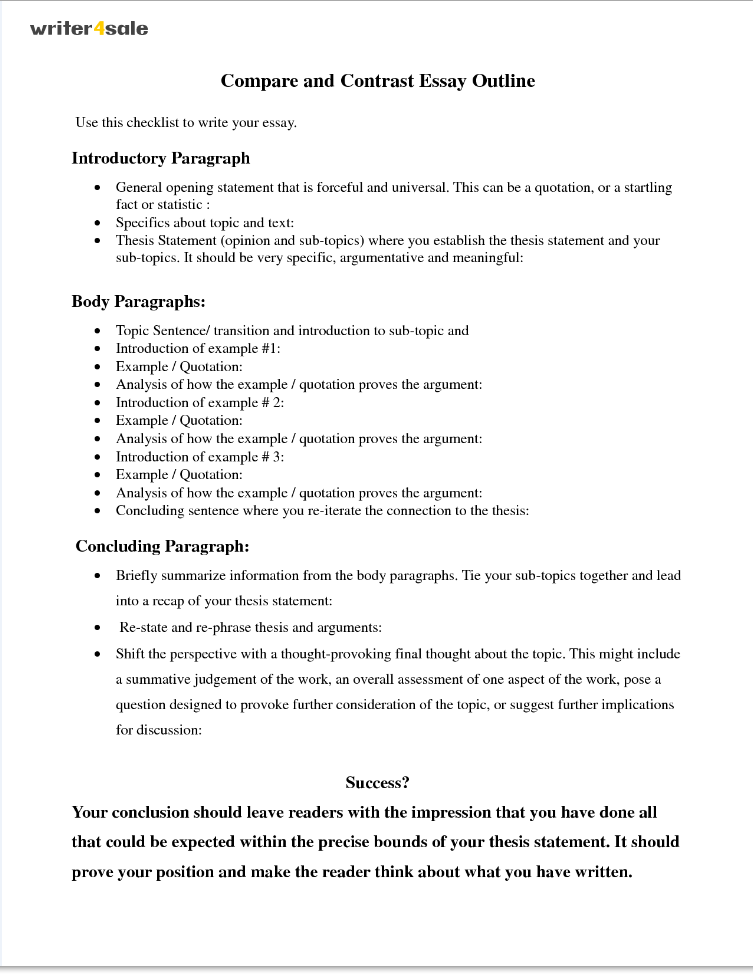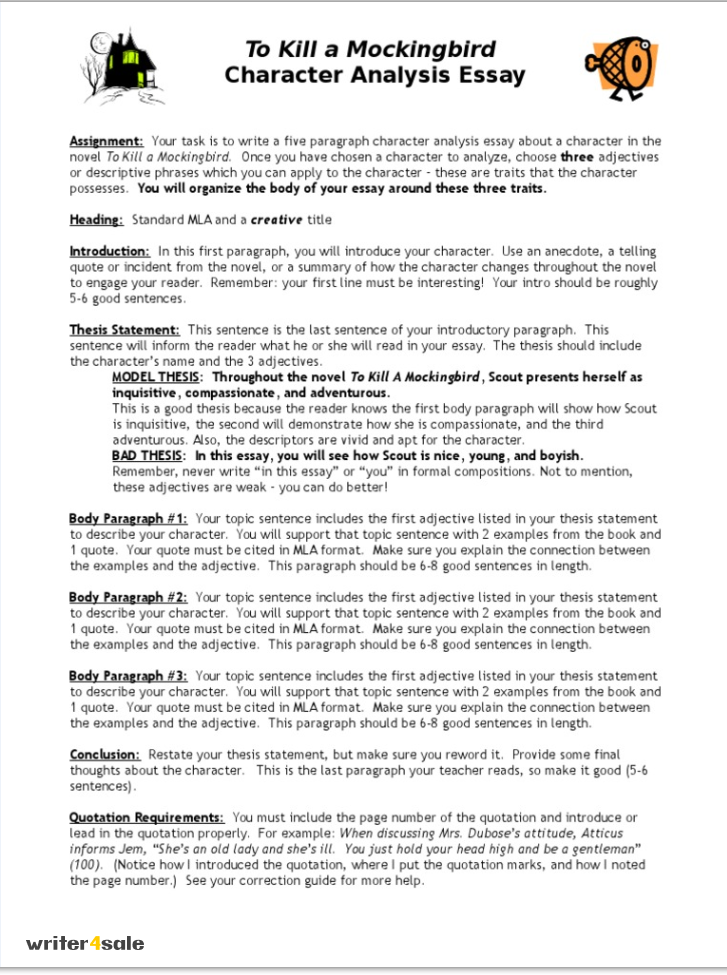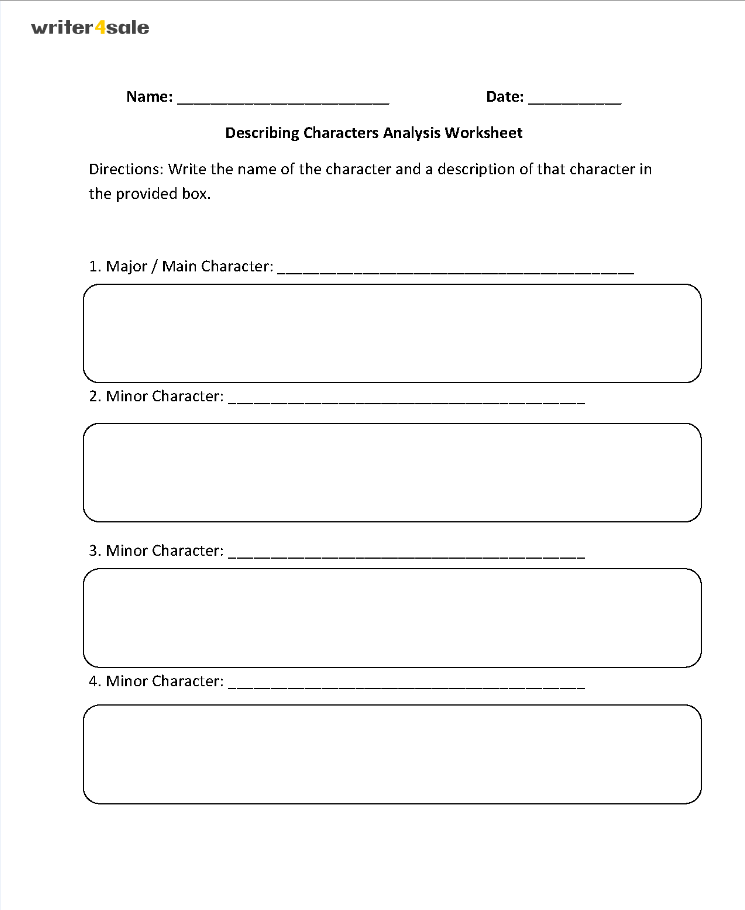A character analysis is a paper, which aims to evaluate specific features of a chosen literature character, including consideration of various features, like importance of a person and the role he or she is playing in the story.
When you analyze a character, it is crucial to remain objective and critical, ask proper questions and analyze the subject based on the key features, which we have mentioned before.
A good analysis is filled with details, both physical and mental features of a character. Your reader should be able to deduce character’s name, body size, nationality and other important features.
Traits of character should include motivation, behavior, personality and relationships with other subjects in the story. Devoting enough time to analyzing all of these features will help you to create a solid foundation for the paper and deeper features of a character.
Meaning of character analysis
Usually experienced authors do not mention all the traits directly, giving the reader a chance to understand and catch all the details based on the progress of the story and specific actions of its characters.
When conducting a character analysis you not only need to give an exact and straightforward description but also provide hints to help the audience read between the lines. Such small details give additional charm to the story and make the reader want to discover new aspects of the situation.
There are multiple examples of such an approach depending on the goals you are willing to achieve. For example, you are describing a character, who has been facing a lot of hardships, capable of breaking his spirit. However, eventually the story has a happy ending. You don’t need to state directly that the character is brave and strong, because the reader sees it from all the negative experiences. This means that the reader analyses character’s behavior in the story.
Samples
How to analyze a character properly
Analyzing an interesting or controversial character can be not only challenging but also interesting and entertaining. You need to have enough skills, detective abilities and a desire to understand true motives of behavior. However, this doesn’t mean that you need to have a psychology degree or be Freud’s ancestor. Just follow our tips and you will surely succeed!
Here are the questions you may be willing to use:
- Motivation. What are the true motives why the character is acting in a particular way? Why the character makes the choices he makes? Is he being impulsive? Does he act correctly?
- Actions. What are the main actions of the character? How they affect people around him? Is the character positive and honest in his deeds? Or is he mischievous? As in real life, actions of the character are able to say a lot of things about his personality;
- What the character says. Is the character educated? Does he use slang? Does he use general phrases? What is his style: a detective or an athlete? Does he use proverbs in his speech? Remember, words are very valuable, because you can even imagine appearance of a person simply by the words he uses;
- Description. How do people, who interact with the character, describe him? How does the character describe himself? Such descriptions may be emotional, physical or judgmental;
- Names. What image the reader will have, when reading about a character, whose name is ‘Angry Bob’ or ‘Charming Sue’? Do you make assumptions simply based on the names?
Don’t forget to use plagiarism checkers, once you have answered questions and made a draft. Such checkers help you to be sure that your text is original.
How to conduct a character analysis
There are many types of characters, and all of them play a unique part in the story. Characters may be kind; they may be bad, important or positive.
Here are the main types of characters, which you may meet, when reading a given piece or story:
- Protagonist. Usually protagonist is the main subject of the analyzed story. The basic and required feature of this type is that he must complete actions – he must move the plot forward. Agree, if the character simply allows things to happen around him, it is not an interesting reading;
- Antagonist. This character is always an enemy of protagonist and causes a certain conflict in the story. At this point you can get answers for your motivation questions;
- Major character. This character plays an important part in the story, and usually falls into several categories. For example, your protagonist may have two friends. However, only one will be a major character, because the second one is a real dummy. You are the one to understand what they relationships are and assign everyone with a right category;
- Minor characters. They don’t play a big part in the story, disappearing once in a while. These characters may be also qualified as stereotype or static ones;
- Dynamic. These characters always move forward, causing actions and constantly changing. Dynamic characters are usually a protagonist and an antagonist;
- Static. This type usually stays on one place throughout the whole story. However, this doesn’t mean that they are not worth analysis. Who knows, maybe it is right what you are going to explore?
- Stereotype. These characters are commonly used to fill up gaps. For example, these may be annoying neighbors, geeks and so on. We all know them, so no extra information is needed.
Outline of character analysis
When you continue working on the analysis, you may find out that a single character fits into several categories. It is not a mistake and your aim is only to evaluate all the roles of the character in an analyzed piece.
- Describe character’s personality. It is quite simple to do, because you can get all the necessary information by the words the character uses, the things he does and the emotions he experiences throughout the text.
As the plot unfolds, you may get tips on character’s personality through his words, actions, movements and mannerisms. Eventually you will be able to understand, which categories the character can fit into.
- Examine the role of the character. When you analyze a character, you must define his roles in the story.
This means that you should not only describe features of his character and appearance but also distinguish his unique role. This may be a main role in the whole story, a small one or he may simply be an insignificant part of the analyzed piece.
- Make notes on the development and growth of the character. To make your analysis complete, you need to explain how the person changes and becomes more mature with the progress of the plot.
Most of the characters will face a few changes throughout the story. Make sure to notice when your character becomes stronger, falls into pieces, starts new relationships, discovers hidden aspects of personality and so on. You should also note down scenes, in which these changes are happening. Pay attention to phrases, like ‘for the first time he..’, etc.
Example of an analysis essay outline
As any other written assignment, a character analysis should consist of introduction, body paragraphs and a conclusion.
- Introduction. The first paragraph of your essay can become glue, which holds together all sections of the paper. It can make a statement or ask questions. It urges the reader or explains what the audience is going to hear about. In this section you need to write a description of an analyzed character in a few words, stirring up interest of the reader and motivating him to learn more;
- Body paragraphs. They are the heart of your analysis and require maximum time and attention. They should be carefully divided and grouped depending on the things you are planning to analyze and write about. Here are the main questions you need to answer in the main paragraphs of your paper:
- What are physical characteristics of the subject? How does he look like? What is his background?
- What conflicts does he have to face? How does he solve them? If he fails, why?
- What can the audience learn from the subject? What the most important lessons are?
- Conclusion. The final section of an essay aims to summarize your paper. Here you have an opportunity to paraphrase your thesis, remind key features of the character and the findings you have come up with during your analysis. Here you can restate every body paragraph, supporting your claims with examples. Don’t be afraid of using quotes or other examples from the text or explaining your own vision of the matter.
Lack time for character analysis writing?
It often happens that students don’t want to write an essay on their own or simply have no time. They need to complete tens of other assignments, failing to deliver everything on time.
Luckily, we are ready to offer an outstanding solution! Our writing company is here to cover your back and to complete your analysis of any complexity and urgency. Contact us right now and see yourself how simple it is to get high grades in no time!



